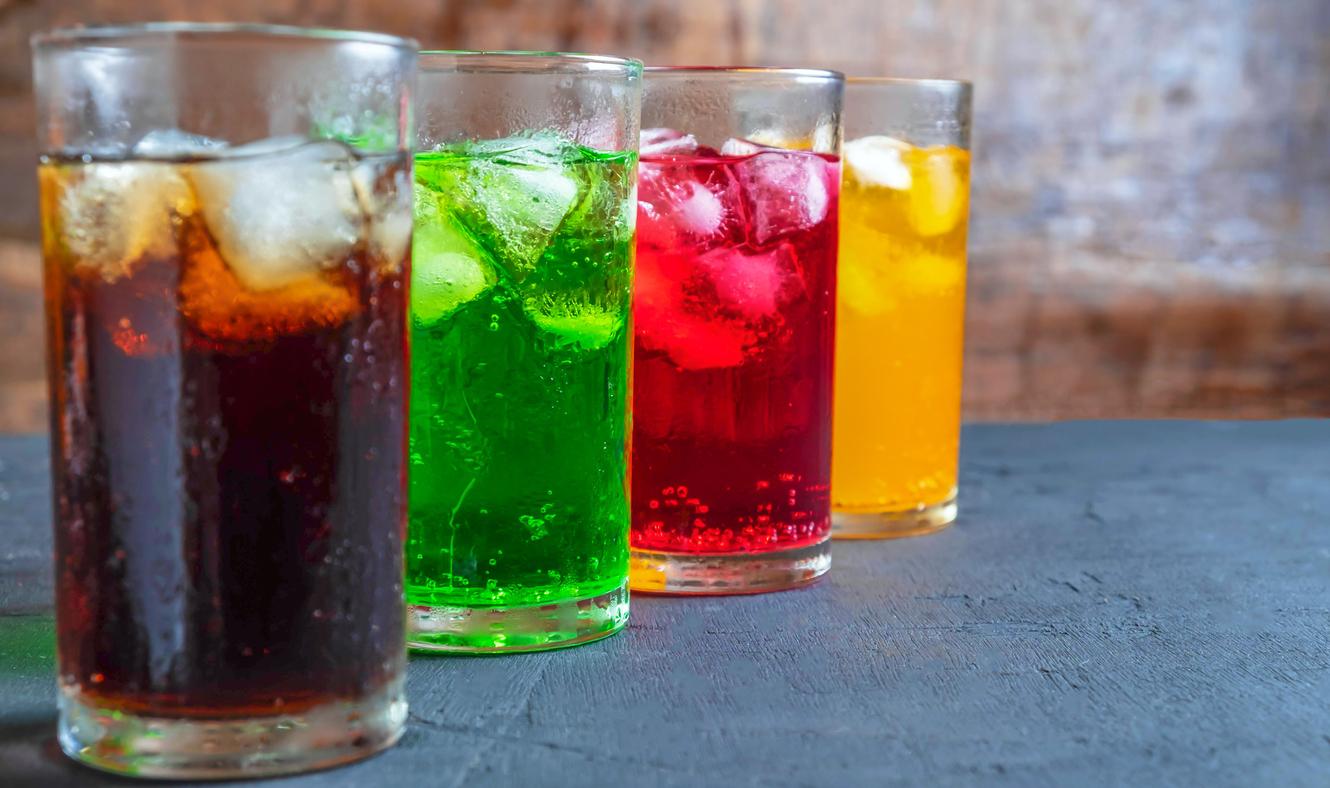Healthy sweets a fairy tale?
There is much to be said about the safety of intensive sweeteners. Reports about the unhealthy effects of a large intake of certain sweeteners are persistent. But in practice you don’t have to worry at all with a normal diet.
Aspartame in particular has a bad reputation. It contains a so-called methyl, from which the body can form a toxic substance. Aspartame is found in products such as diet soda, fruit yogurt, sugar-free chewing gum, desserts and juices.
Bad sweeteners
The sweetener saccharin is also controversial. Large amounts of this sugar substitute are said to be carcinogenic. But this gives a distorted picture: only exceptionally large amounts would be harmful.
Acceptable Daily Intake
Intensive sweeteners are researched before they come on the market, just like pharmaceuticals. Approved sweeteners are safe if you use them normally.
A so-called Acceptable Daily Intake (ADI) has been established for all sweeteners. This is the dose of sweetener that you can consume daily without running any health risks. For example, you can use 40 milligrams per kilogram of body weight of aspartame. This means that an adult with a normal weight should consume a maximum of 150 (!) sweets per day. With a normal diet, you don’t have to worry about sweeteners such as aspartame at all.
E numbers
To find out how much of a certain substance you ingest, look at the packaging. On it are the additions with or without E in front of it.
Additives that appear on the E-list are permitted according to the European standard.
E numbers are, for example, aspartame E951 and sorbitol E420. An addition without E means that the substance is used in some countries, but that no unambiguous European standards for use have yet been drawn up. Products with E numbers are therefore safer than others.

















